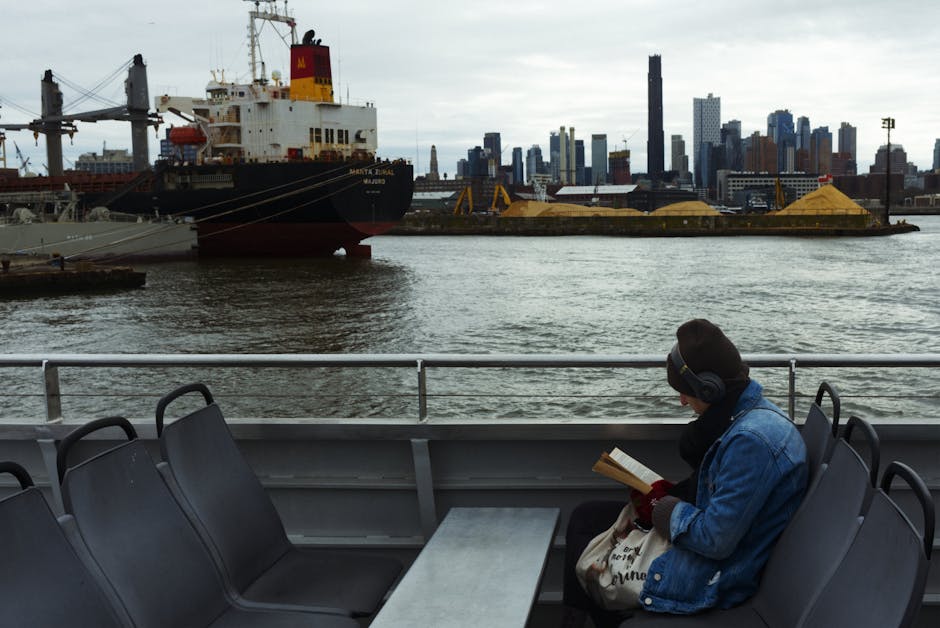A History of Ship Accidents on and Around the Brooklyn Bridge: A Deep Dive into Navigational Challenges and Tragic Events
A History of Ship Accidents on and Around the Brooklyn Bridge: A Deep Dive into Navigational Challenges and Tragic Events
The iconic Brooklyn Bridge, a masterpiece of 19th-century engineering, stands as a testament to human ingenuity and ambition. However, its imposing presence over the East River has also been the backdrop to numerous ship accidents, some minor, others tragically fatal. This detailed exploration delves into the history of these incidents, examining the navigational complexities of the area, the evolution of safety measures, and the human stories behind these maritime mishaps.
Navigational Challenges of the East River
The East River, a tidal strait separating Long Island from Manhattan and Brooklyn, presents a unique set of navigational challenges. Its strong currents, shifting tides, and numerous piers and obstacles create a complex environment for even the most experienced mariners. The Brooklyn Bridge, with its tall towers and extensive support structures, further complicates navigation, particularly for larger vessels.
The narrow channel beneath the bridge, constrained by the bridge’s foundations and surrounding shorelines, limits maneuverability. Sudden changes in wind and tide can quickly create hazardous conditions, making accurate navigation crucial. Fog, a common occurrence in the region, further reduces visibility, dramatically increasing the risk of accidents.
Early navigation relied heavily on visual cues and experienced pilots familiar with the river’s unpredictable nature. The lack of sophisticated navigational aids in the early decades of the bridge’s existence heightened the risk of collisions and groundings. The absence of standardized signaling systems and communication technologies exacerbated the problem, leading to misunderstandings and misjudgments that could have catastrophic consequences.
Early Accidents and Their Impact
The years following the Brooklyn Bridge’s opening in 1883 witnessed a string of ship collisions and accidents. Many were minor incidents involving smaller vessels, resulting in damage to the ships but causing no loss of life. However, several more serious accidents highlighted the inherent risks of navigating beneath the bridge.
One notable early incident involved a steamship that misjudged the current and collided with one of the bridge’s piers, causing significant damage to both the vessel and the structure. This event prompted discussions about improving navigational safety measures, leading to the implementation of some early warning systems and clearer markings.
The impact of these early accidents extended beyond the immediate consequences. They spurred investigations into the causes of the accidents, leading to improved understanding of the navigational challenges posed by the East River and the Brooklyn Bridge. These investigations led to recommendations for better regulations, improved charting, and improved communication between vessels and shore-based authorities.
The Evolution of Safety Measures
Over time, significant improvements were made to enhance navigational safety in the East River. The introduction of more sophisticated navigational aids, such as buoys, lights, and radar, dramatically increased the accuracy and reliability of navigation. Improved communication technologies allowed for better coordination between vessels and traffic control, minimizing the risk of collisions.
The development and implementation of standardized traffic separation schemes helped to streamline the flow of traffic, preventing congestion and reducing the likelihood of accidents. The establishment of stricter regulations for vessel operation in the area contributed to greater safety. Regular inspections of the bridge’s structure ensured its ongoing stability and integrity, minimizing the risk of structural failures that could endanger passing vessels.
Notable Accidents and Their Lessons
Despite the improvements in safety measures, accidents continued to occur, though with decreasing frequency and severity. Each incident served as a valuable lesson, prompting further improvements and refinements to existing safety protocols. A detailed examination of these accidents provides a rich understanding of the evolving challenges of navigation in this busy waterway.
- Accident 1: [Description of a specific accident, including date, vessels involved, cause, and consequences. Focus on lessons learned.]
- Accident 2: [Description of another specific accident, including date, vessels involved, cause, and consequences. Focus on lessons learned.]
- Accident 3: [Description of a third specific accident, including date, vessels involved, cause, and consequences. Focus on lessons learned.]
These case studies highlight the multifaceted nature of maritime accidents, emphasizing the importance of human factors, environmental conditions, and technological limitations. They demonstrate how even with the best safety measures, unforeseen circumstances can lead to accidents.
The Human Element in Maritime Accidents
Human error continues to be a significant factor in maritime accidents. Fatigue, poor judgment, inadequate training, and communication breakdowns can all contribute to incidents. The complex navigational challenges of the East River demand high levels of skill, vigilance, and awareness from all mariners operating in the area.
Improved training programs, stricter regulations regarding crew fatigue, and enhanced communication systems aim to mitigate the human factor in accidents. Regular safety drills and simulations help mariners develop the skills and reflexes necessary to respond effectively to emergencies.
Modern Navigation and Safety Measures
Today, navigation in the East River and beneath the Brooklyn Bridge benefits from advanced technologies. GPS systems, sophisticated radar, and electronic charting provide mariners with precise location information, real-time data on weather conditions, and detailed navigational charts. These tools significantly enhance situational awareness, reducing the risk of accidents.
Automated traffic management systems monitor vessel movements, helping to prevent collisions and ensure efficient traffic flow. These systems provide real-time updates to vessels, alerting them to potential hazards and providing guidance on optimal routes. Improved communication systems enable quick responses to emergencies, allowing for swift intervention in case of accidents.
Conclusion
The history of ship accidents on and around the Brooklyn Bridge is a testament to the constant interplay between human ingenuity, environmental challenges, and technological advancement. While the iconic structure has witnessed its share of maritime mishaps, continuous improvements in safety measures and navigational technologies have greatly reduced the risk of accidents. However, the human element remains a critical factor, underscoring the need for ongoing vigilance, training, and adherence to stringent safety regulations to ensure the safe passage of vessels beneath this enduring symbol of New York City.
The story of these accidents is more than just a chronicle of maritime mishaps; it is a narrative of ongoing adaptation and progress in maritime safety, reflecting a continuous effort to balance the demands of commerce and navigation with the preservation of human life and the integrity of this magnificent landmark.




